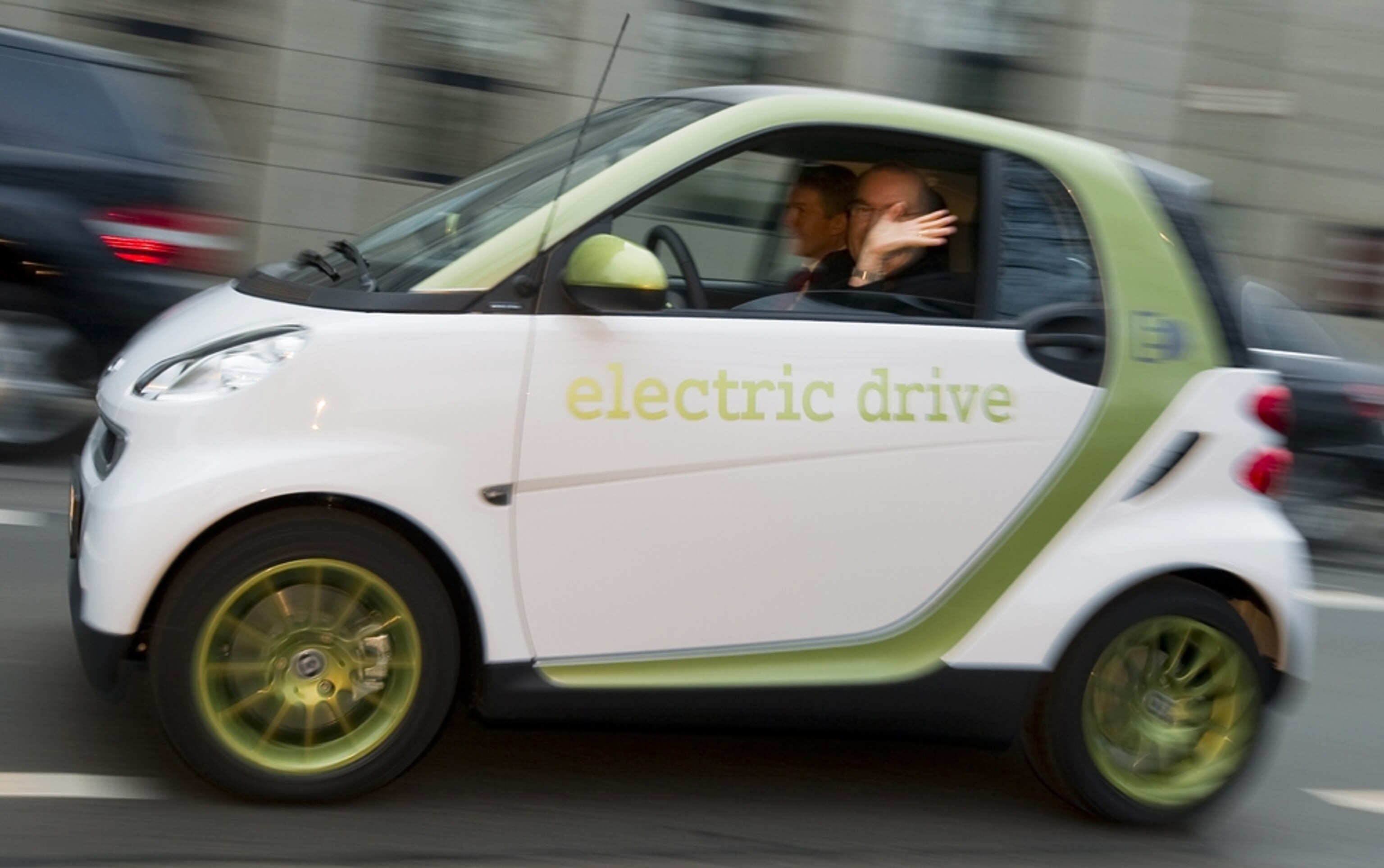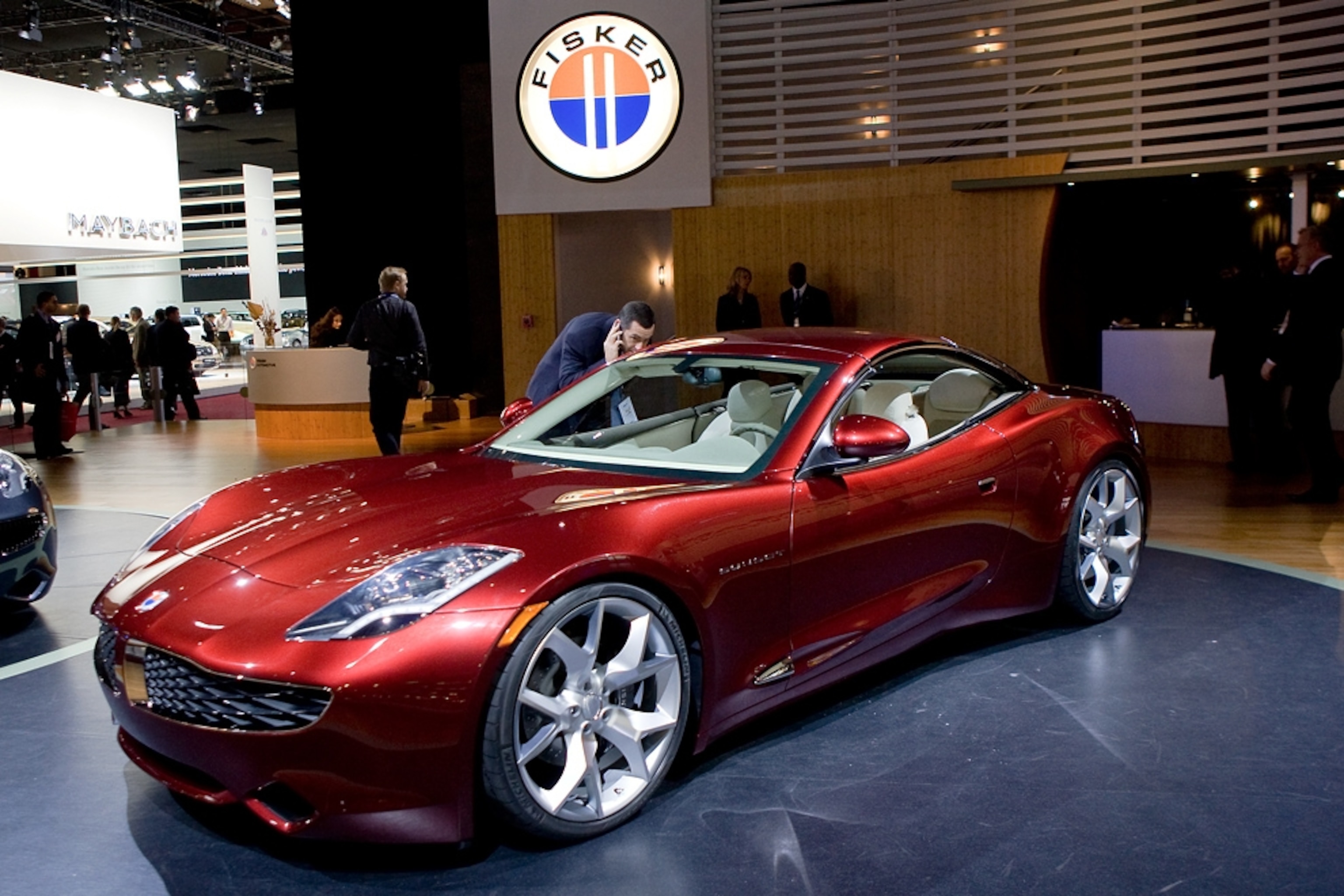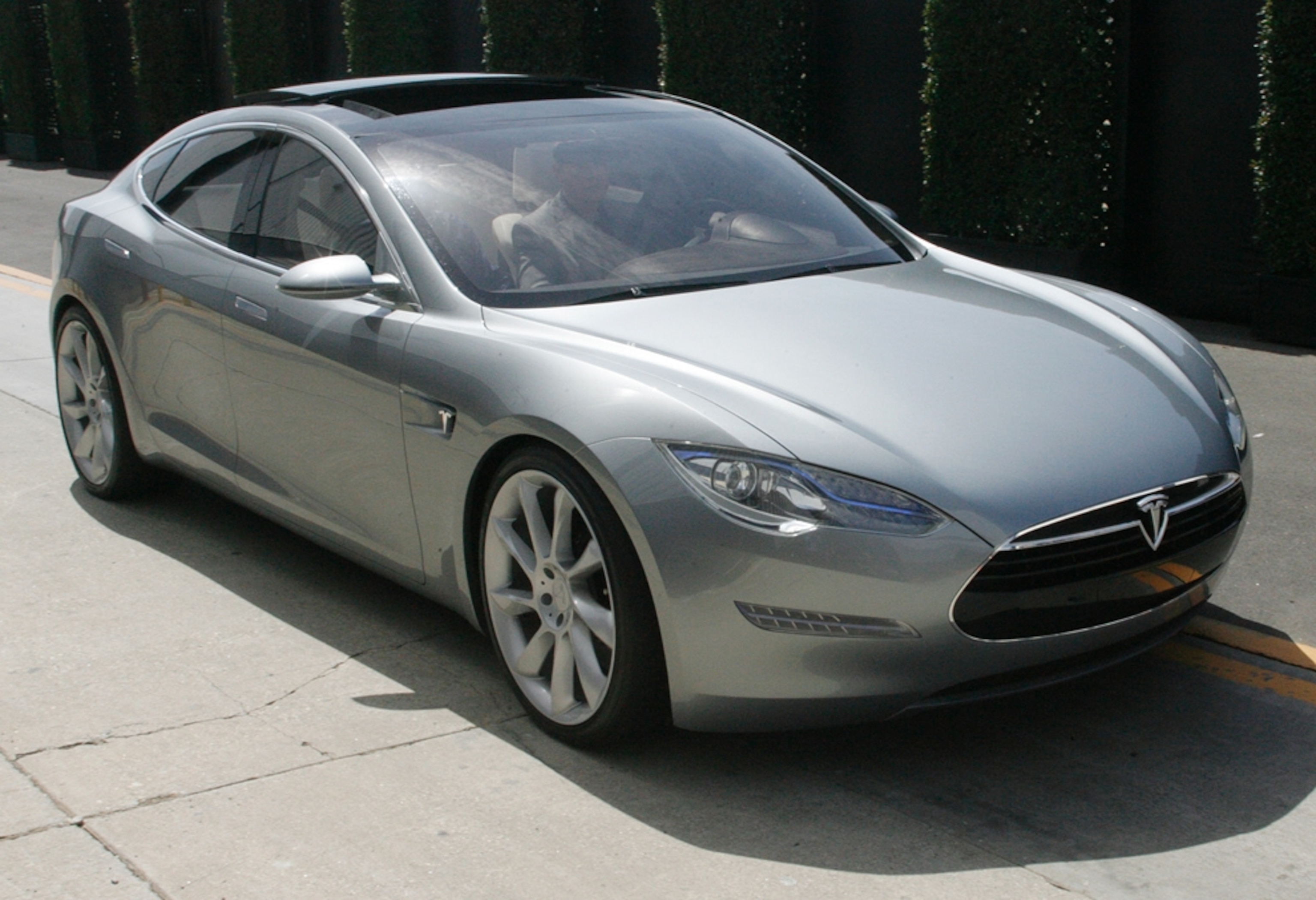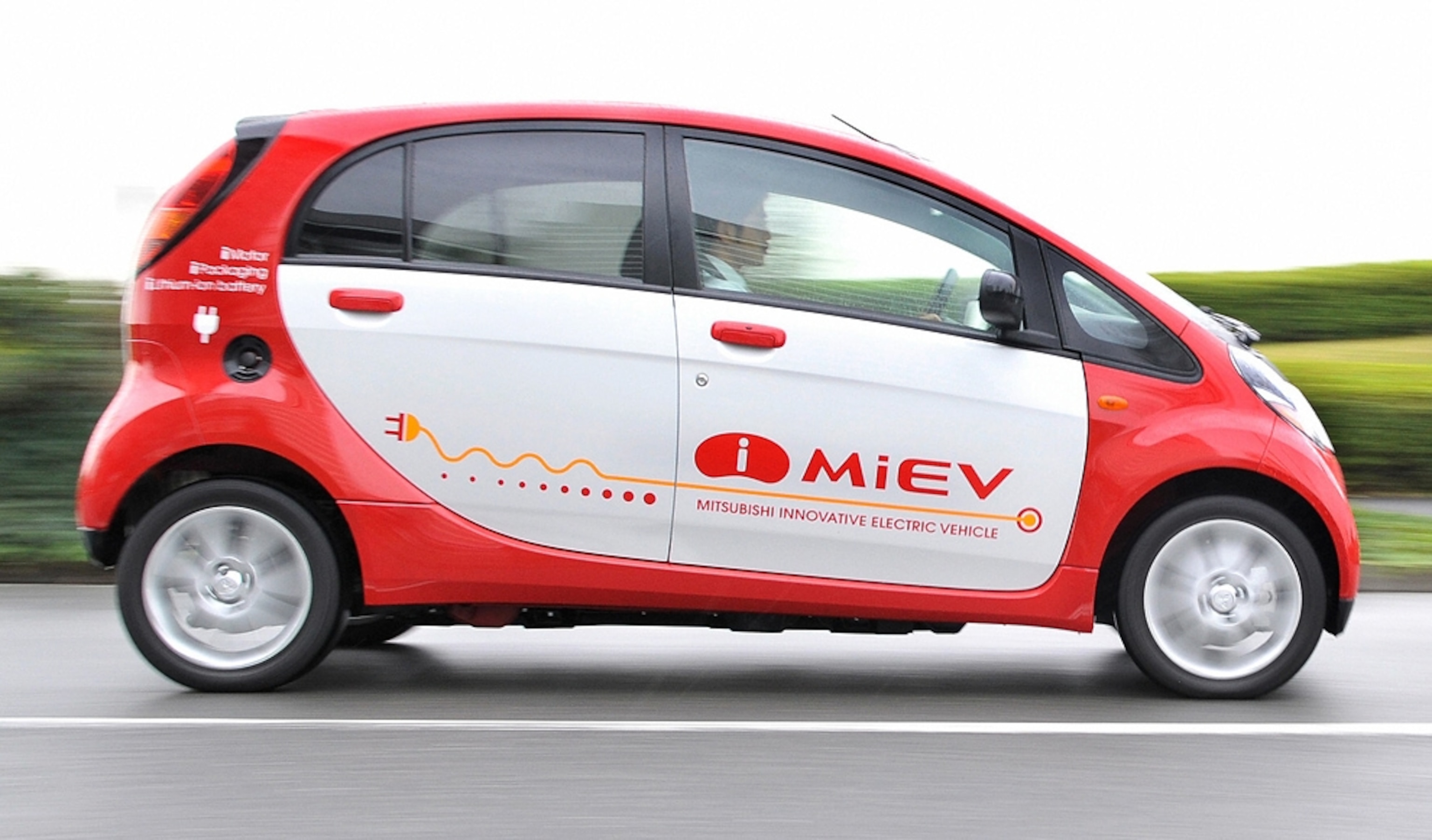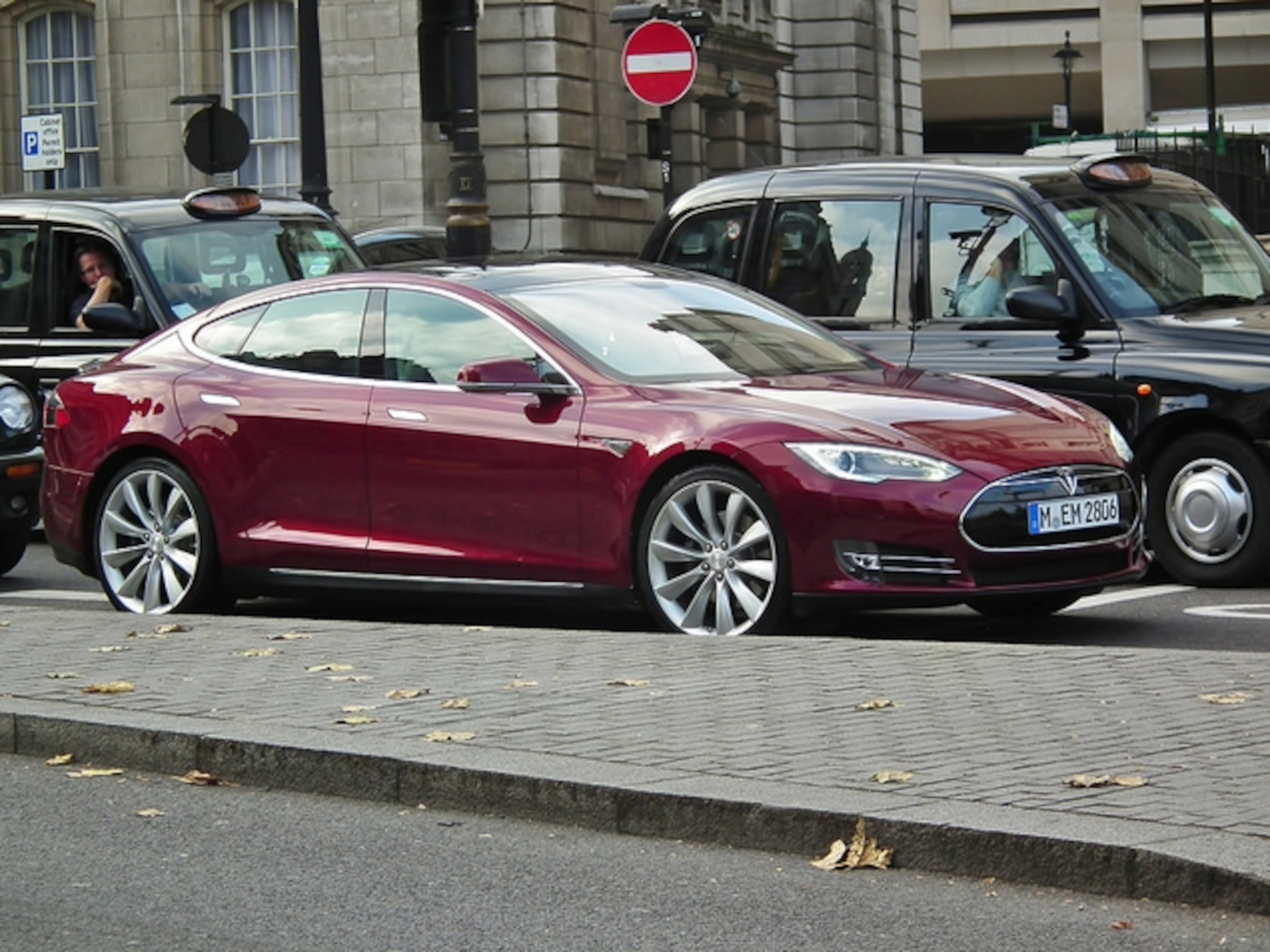1 of 11
Photograph by Bloomberg via Getty Images
Photos: Rev Up Your Motors, Electric Cars Zip Into View
The Chevy Volt and Nissan Leaf, both launching into production, lead an array of electric cars into a market that analysts see as eager for an alternative to oil-fueled transport.
November 12, 2010


